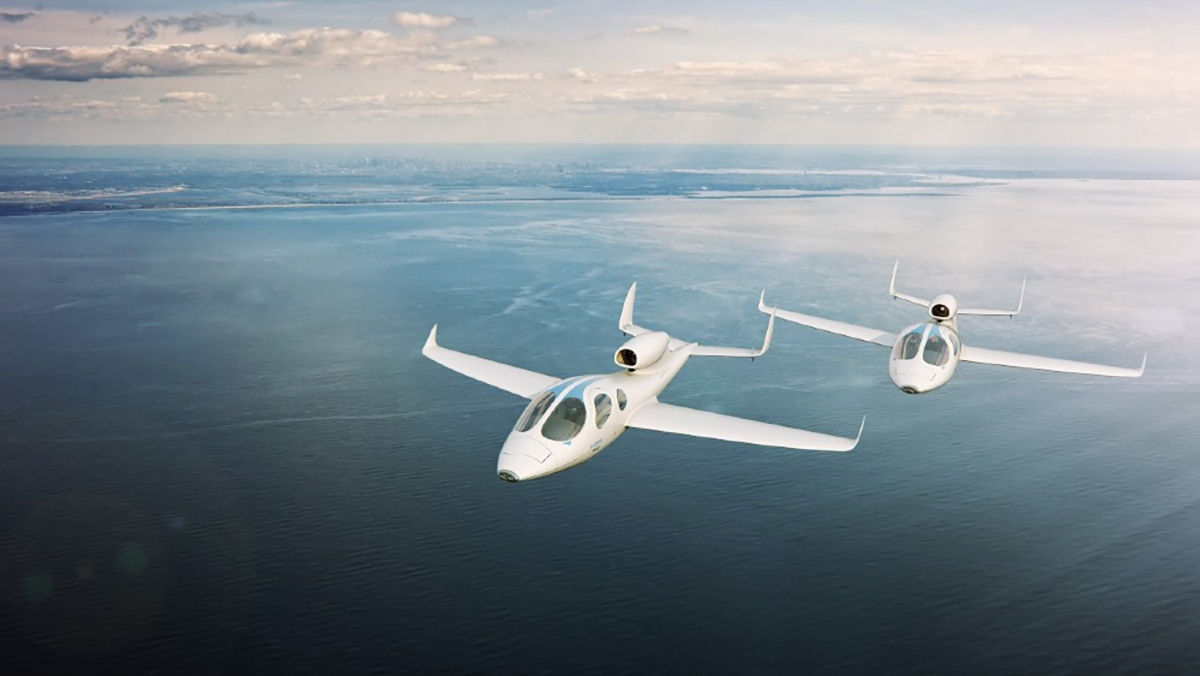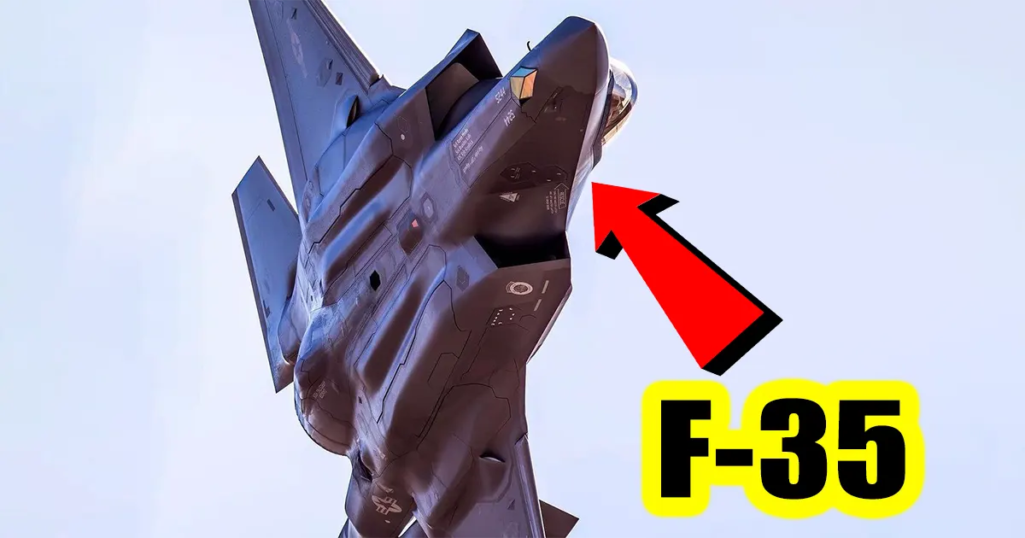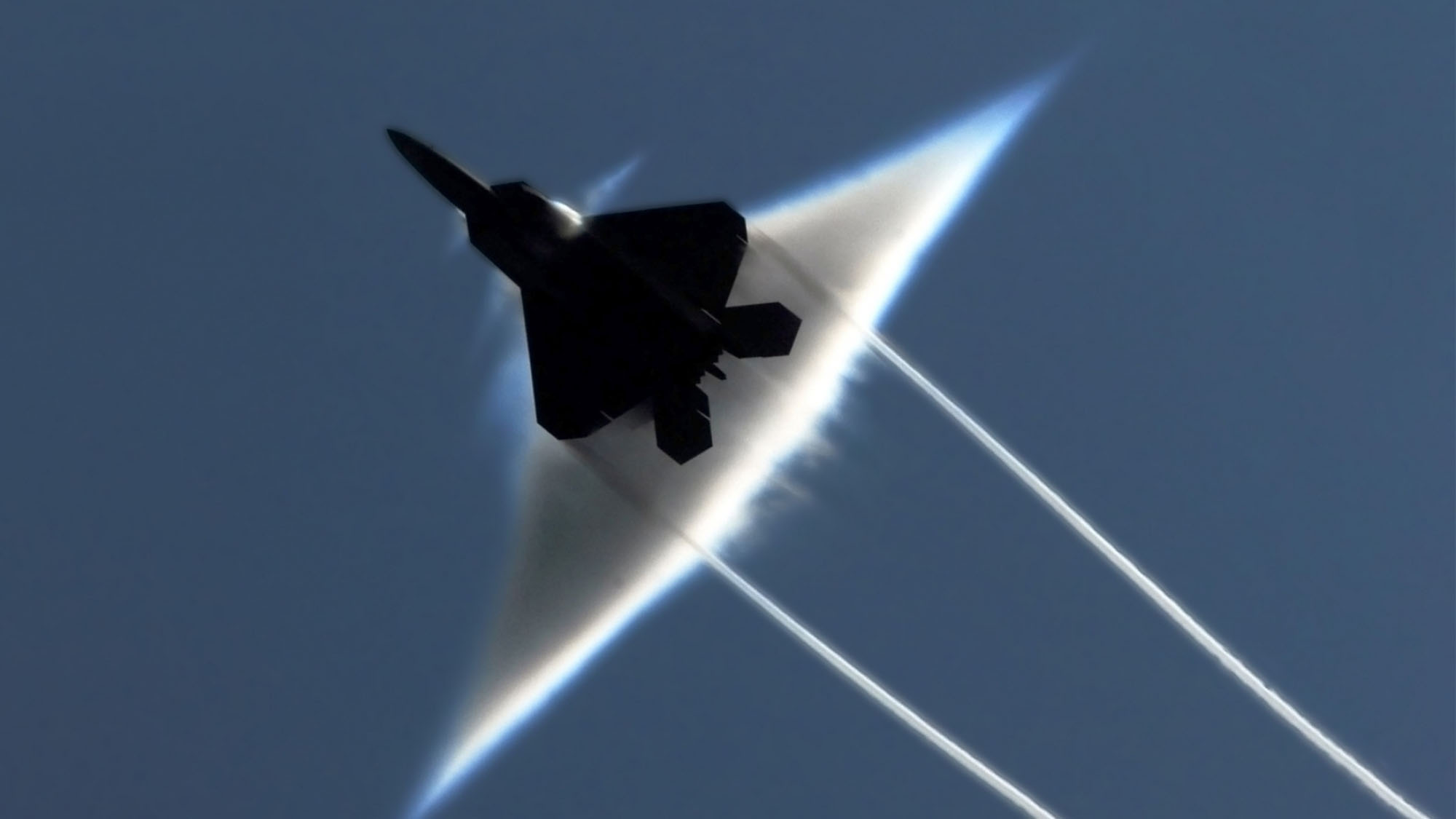
The F-22A Raptor is a high-tech tactical fighter aircraft designed for the United States Air Force. It was introduced to the US Air Force in December 2005 to replace the F-15 with a concentration on speed, invisibility, and range.
The F-22A Raptor, developed at the Aeronautical Systems Center at Wright-Patterson Air Force Base in Ohio, is a supersonic, dual-engine fighter jet that earned the American National Aeronautic Association’s Robert J Collier Trophy in 2006.
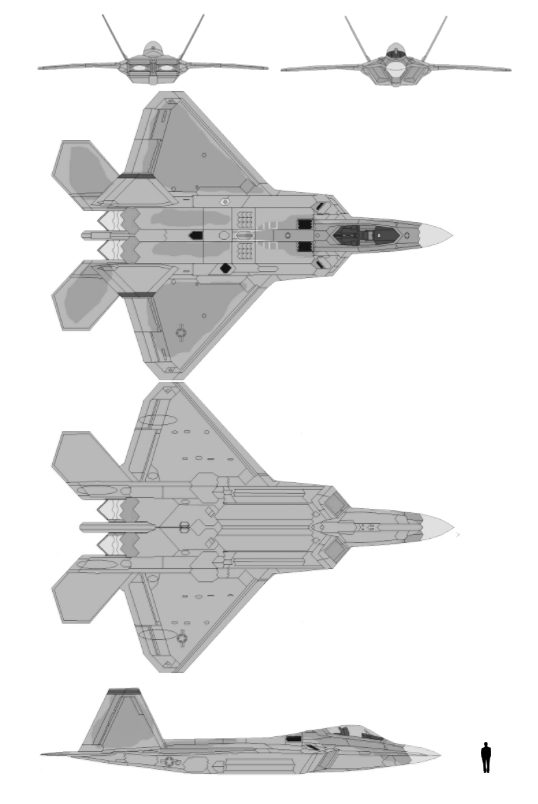
When Defense Secretary Robert Gates declared in April 2009 that the Pentagon would end the Lockheed-run F-22 program and enhance the production of the F-35 joint strike fighter, manufacturing of the F-22 fighter plane was formally halted. The last F-22 was delivered in 2012, and the USAF presently has 183 F-22s in service.
In December 2019, Lockheed Martin was awarded a $7 billion five-year contract to repair the United States Air Force’s fleet of F-22 Raptor stealth jets.
Development of the F-22A Raptor
By 1990, Lockheed Martin, in collaboration with Boeing and General Dynamics, had developed and flown the YF-22 demonstration prototype aircraft. Raptor was the designation assigned to the first F-22 fighter aircraft, which was revealed in April 1997.
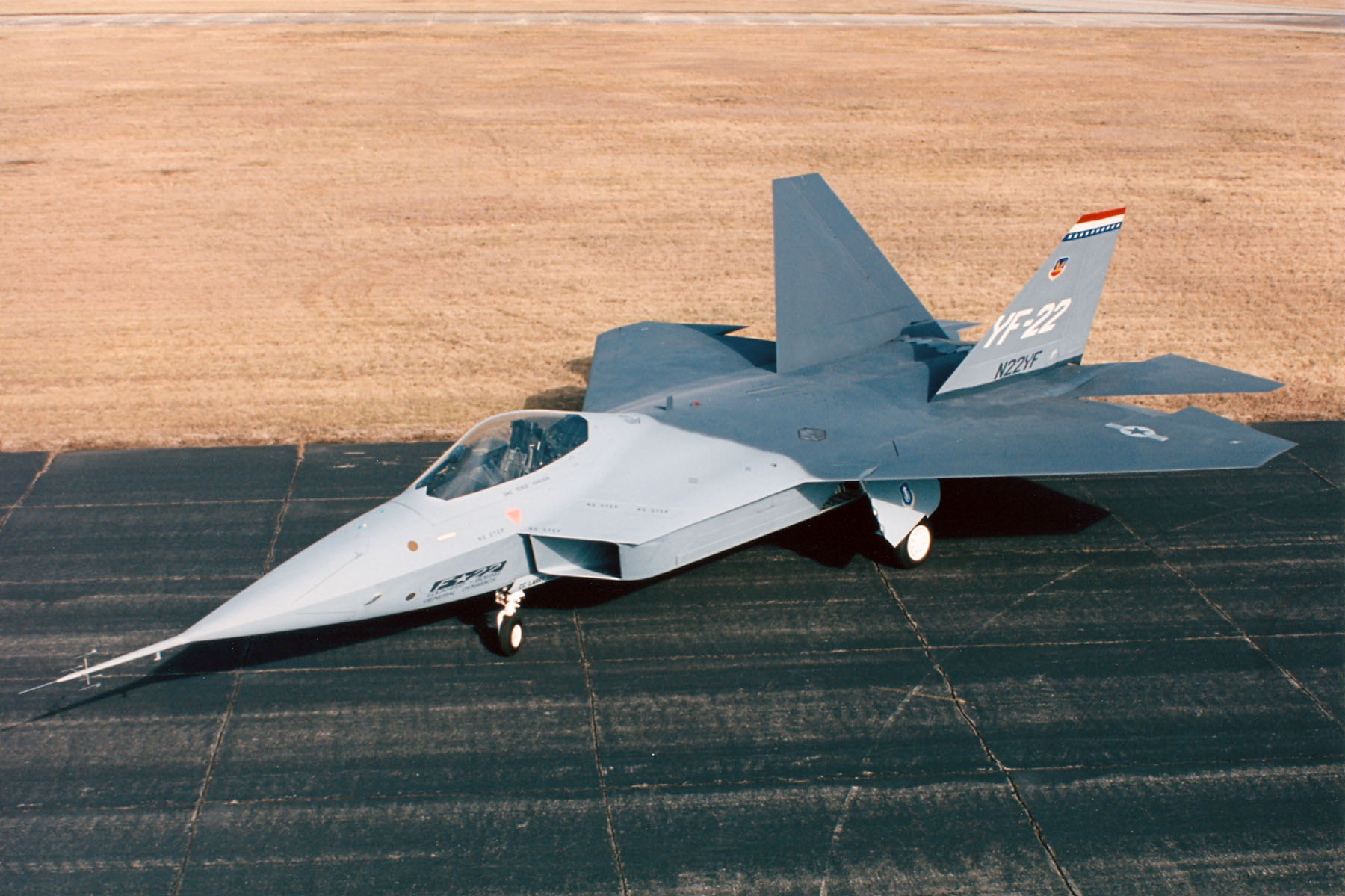
The USAF opted to redesign the aircraft F/A-22 in September 2002 to reflect its multi-mission capabilities in ground attack and air-to-air operations. When the aircraft attained initial operational capability in December 2005, its name was altered once again to F-22A.
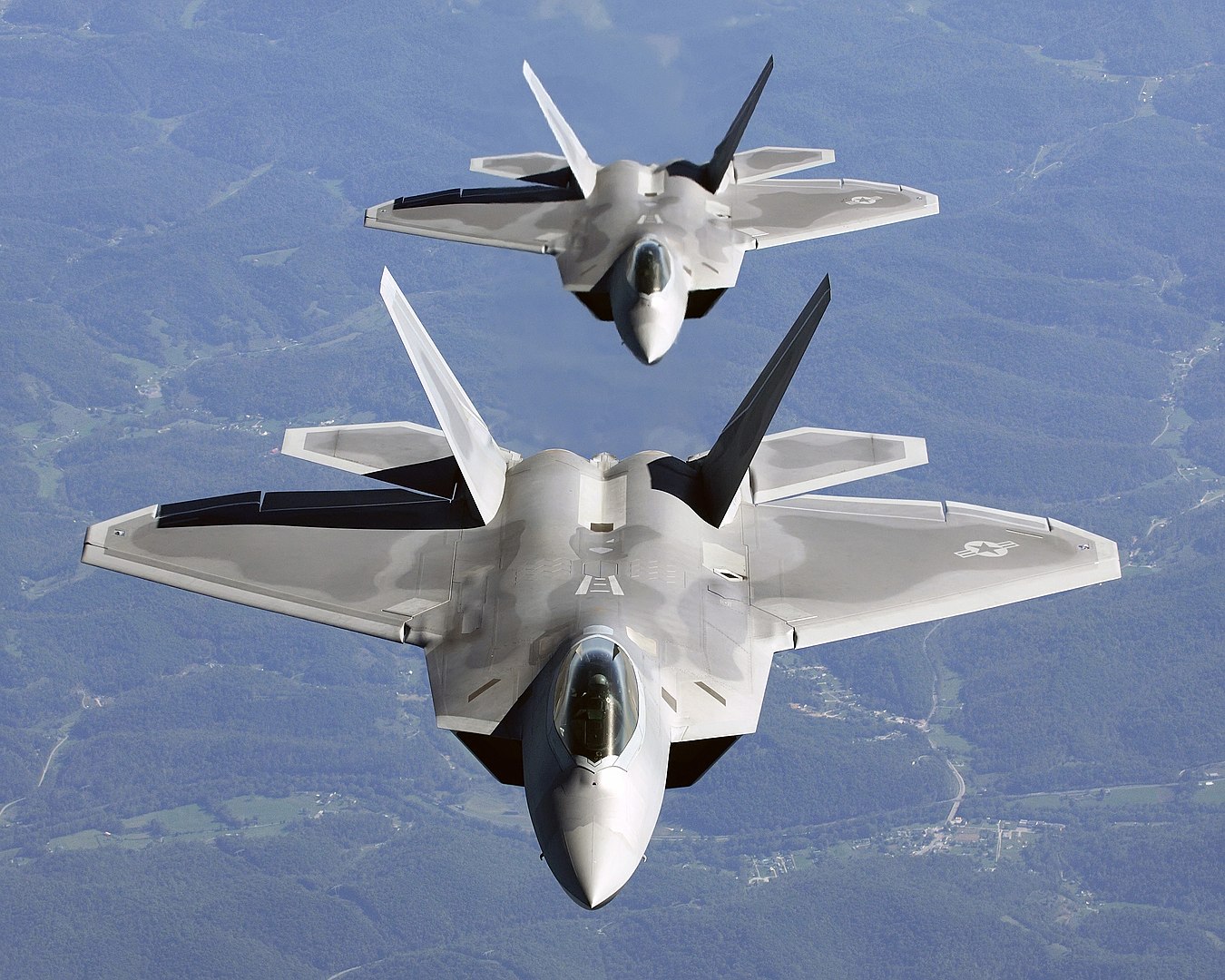
In August 2001, the decision to proceed with low-rate initial production was approved, and Lockheed Martin delivered 49 aircraft under LRIP contracts.
The initial operational testing and assessment began in April 2004 and was completed satisfactorily in February 2005. In December 2007, the F-22 Raptor acquired full operational capability.
A further 60 Raptors were purchased in July 2007, increasing the total number of Raptors ordered to 183, with manufacturing set to begin in 2011. The Pentagon authorized $40 million in financing for four extra raptors in November 2008, bringing the total number of ordered planes to 187, with delivery planned for the second part of the fiscal year 2009.

The F-22 fleet of the United States Air Force was upgraded in May 2019 to modernize the application development process.
Bases and deployment of F-22A Raptors
Langley AFB in Virginia had the first operational wing of F-22A Raptors, with a fleet of 40 aircraft. Elmendorf Air Force Base in Alaska became the second in August 2007, and Holloman Air Force Base in New Mexico got the third in June 2008. Raptors are also stationed at Hickam AFB in Hawaii.
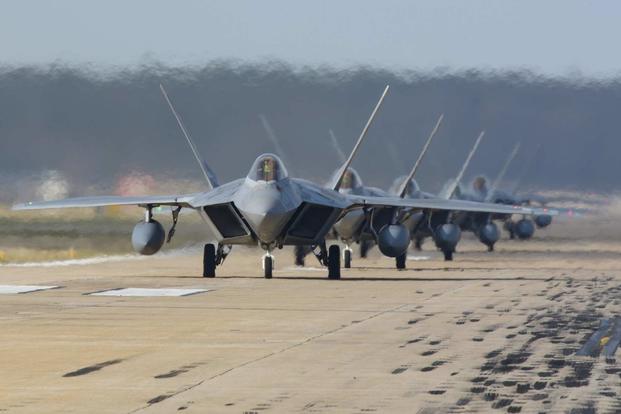
In February 2007, 12 F-22 fighter jets began the plane’s first overseas deployment at Kadena Air Base in Japan. The plane returned in May 2007. In January 2009, 12 F-22 fighter airplanes from Langley Air Force Base in Japan were stationed at Kadena Air Base for three months as part of the 27th Fighter Squadron.
During flight testing, the F-22A exhibited the capacity to ‘supercruise,’ flying at sustained speeds above Mach 1.5 without using the afterburner.
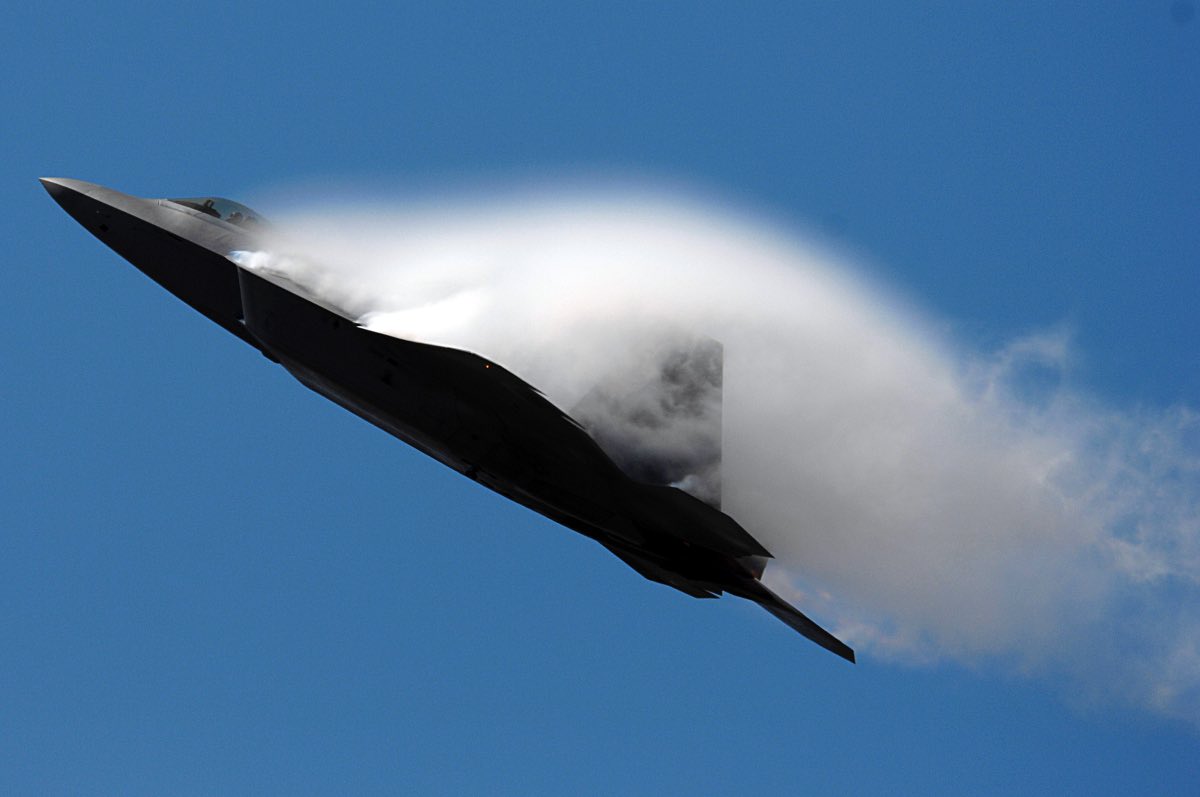
Lockheed Martin has proposed the FB-22, a fighter-bomber variant of the F-22 with bigger delta wings, a greater range, and the potential to carry an external weapons payload of 4,500kg and a total weapons payload of 15,000kg.
The design and features of the F-22 Raptor
The plane is 18.9m long, 5.1m tall, and has a 13.6m wingspan. Its range exceeds 1,600nm.
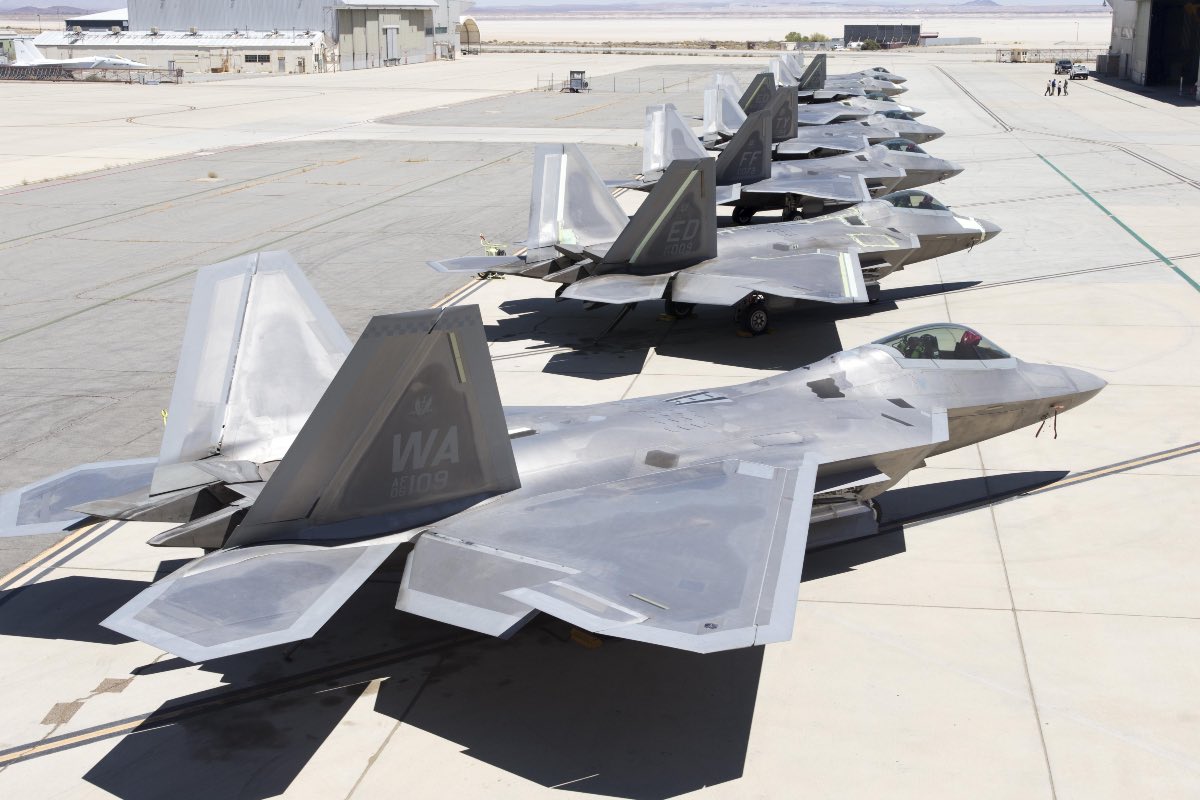
By weight, the F-22 is made up of 39 percent titanium, 24 percent composite, 16 percent aluminum, and 1 percent thermoplastic. Titanium is employed in important stress regions, including specific bulkheads, because of its high strength-to-weight ratio and its heat-resistant characteristics in the aircraft’s hot parts.
Carbon-fiber composites were utilized for the fuselage structure, doors, intermediate spars on the wings, and honeycomb sandwich skin panels.
F-22 cockpit
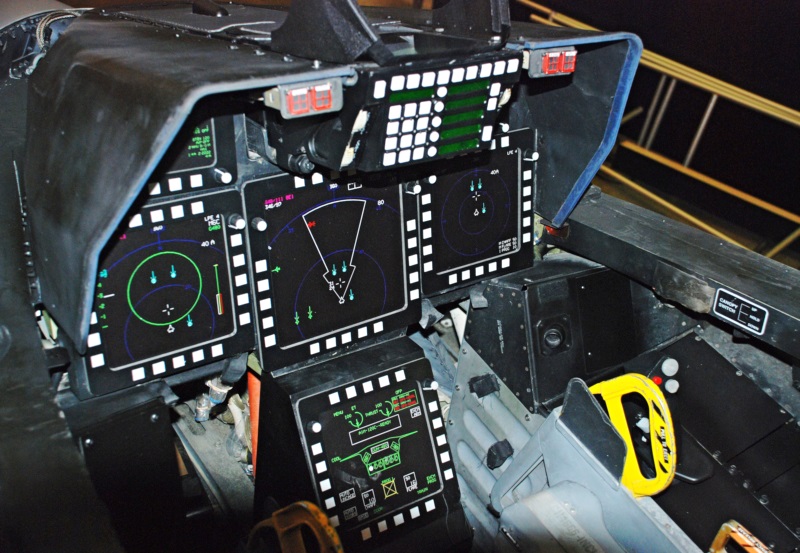
Hands-on throttle and stick control are available in the cockpit. Six color liquid crystal screens are available in the cockpit. The primary multifunction display from Kaiser Electronics provides a planning view of the air – land tactical situation, including danger identification, threat severity, and tracking data.
Communication, navigation, identification, and flight information are all provided by two displays. Three secondary screens present information on air and ground threats, store management, and air threats.
The target status, weapon status, weapon envelopes, and shot cues are shown on a BAE Systems head-up display (HUD). For post-mission analysis, a video camera collects data on the HUD.
F-22 weapons
Internally, above the right air inlet, an M61A2 Vulcan gun version is fitted. The linkless ammo management system from General Dynamics carries 480 rounds of 20mm ammunition and feeds the cannon at a rate of 100 rounds per second.
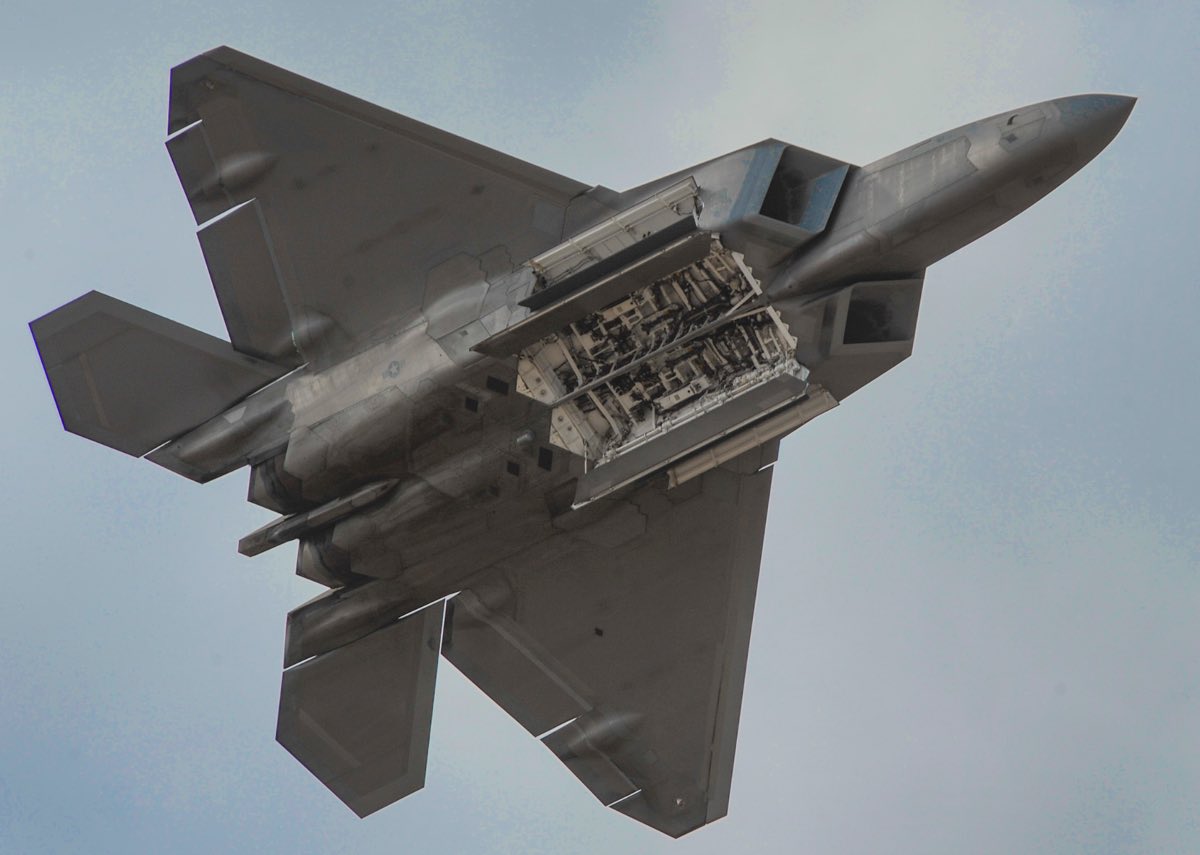
The F-22 Raptor features four hardpoints on its wings, each rated at 2,270kg and capable of carrying an AIM-120A AMRAAM or external fuel tanks. There are three internal weapon slots on the Raptor. Six AMRAAM AIM-120C missiles or two AMRAAM and two 1,000lb GBU-32 joint direct attack weapons may be carried in the main weapons compartment.
The bay has an EDO Corp. LAU-142/A AVEL AMRAAM vertical ejection launcher, which is a pneumatic-ejection mechanism controlled by the stores management system. The Raytheon AMRAAM air-to-air missile has a range of 50nm and is an all-weather short- to a medium-range radar-guided fire-and-forget missile. Each side compartment may carry one Lockheed Martin / Raytheon AIM-9M or AIM-9X Sidewinder all-aspect short-range air-to-air missile.

In February 2007, the GPS-guided Boeing small diameter bomb was incorporated into the F/A-22. Eight SDBs and two AMRAAM missiles can be carried.
Radars system
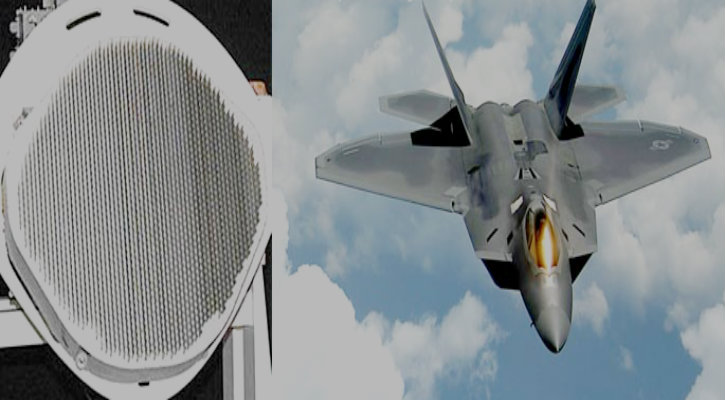
Northrop Grumman’s Electronic Sensors and Systems Division and Raytheon Electronic Systems collaborated to create the AN/APG-77 radar for the F-22. The radar employs an active electronically scanned antenna array of 2,000 transmitter/receive modules to offer flexibility, a low radar cross-section, and broad bandwidth. The AN/APG-77 started deliveries in May 2005.
F-22 Raptor Countermeasures
The aircraft’s electronic warfare equipment includes a radar warning transmitter and a BAE Systems data & electronic warfare technology missile launch detector.
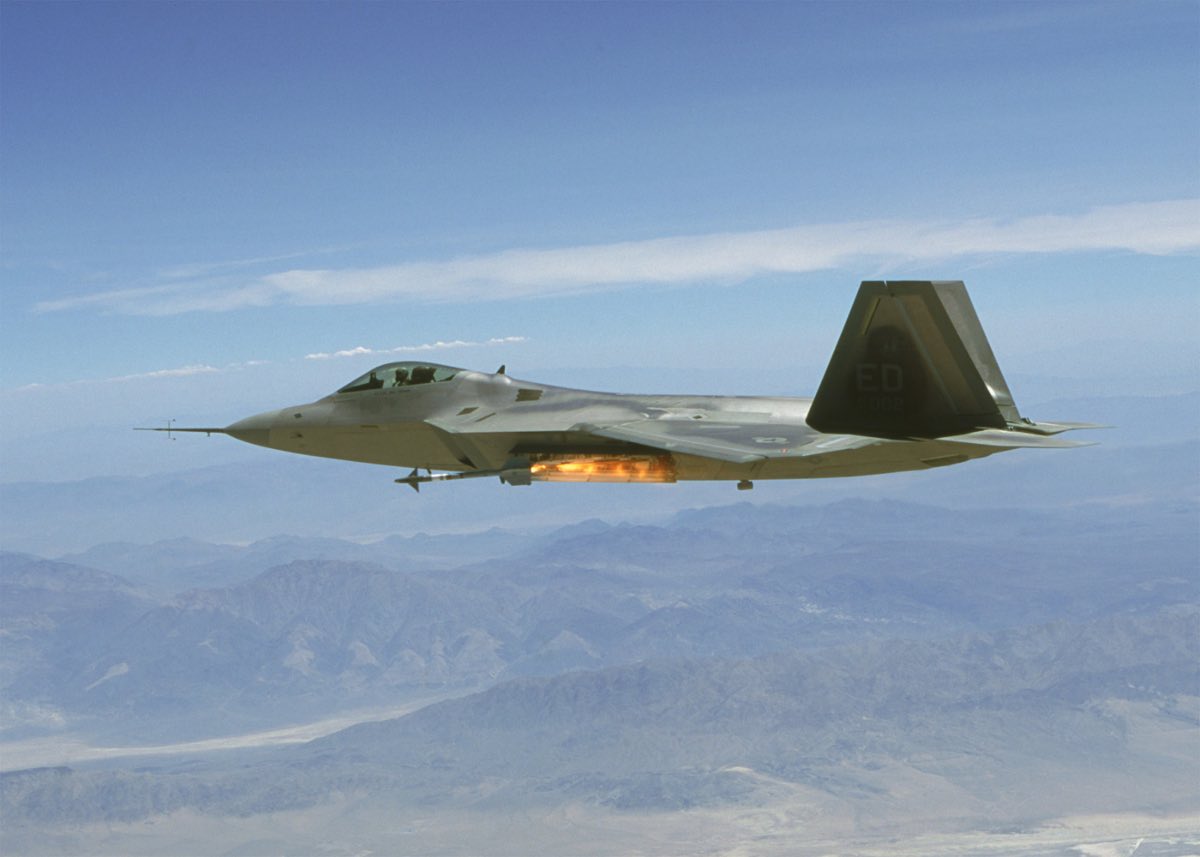
Communication and navigation

An intra-flight datalink, a joint tactical information distribution system link, and an identification friend or foe system are all part of the TRW CNI communications, navigation, and identification system.
Boeing is in charge of the mission software and avionics integration. A Northrop Grumman LTN-100G laser gyroscope inertial reference, a global positioning system, and a microwave landing system are all standard features on the aircraft.
The F-22 engine
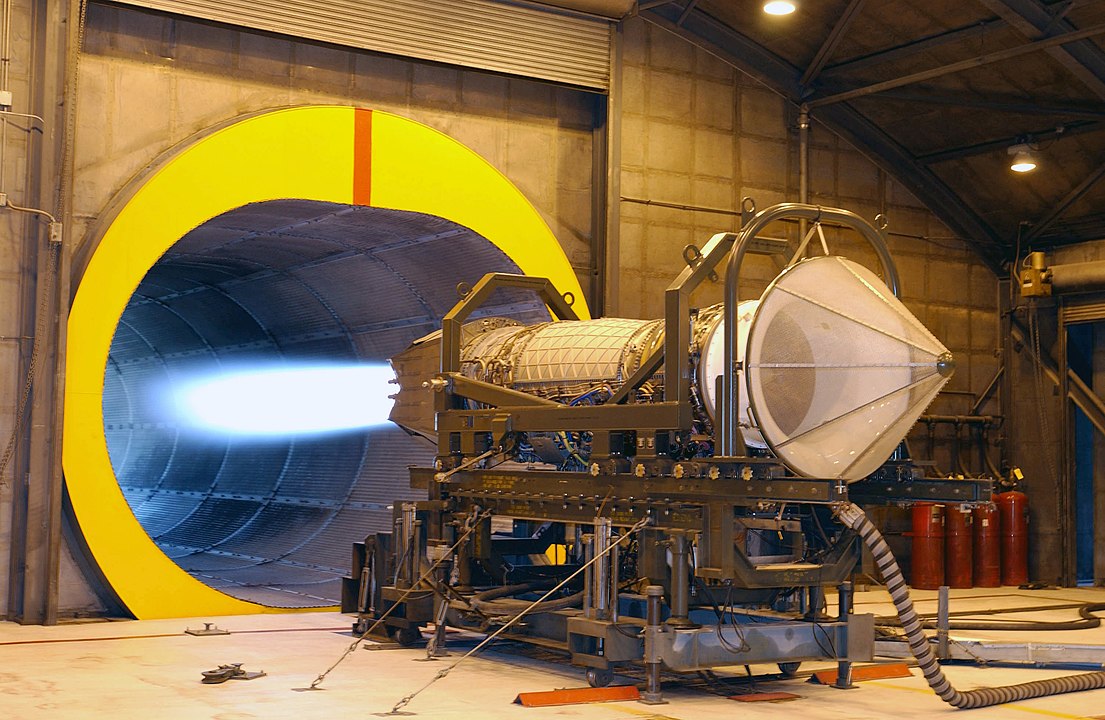
Two Pratt & Whitney F119-100 engines power the F-22. The F119-100 is a low bypass after-burning turbofan engine with a thrust of 156kN. The F119 is the first fighter aircraft engine to include hollow broad chord fan blades in the initial fan stage.
A Hamilton Standard twin redundant full authority digital engine control is in charge of thrust vectoring (FADEC). In the BAE Systems flight controls vehicle management system, the FADEC is integrated with the flight control computers.


